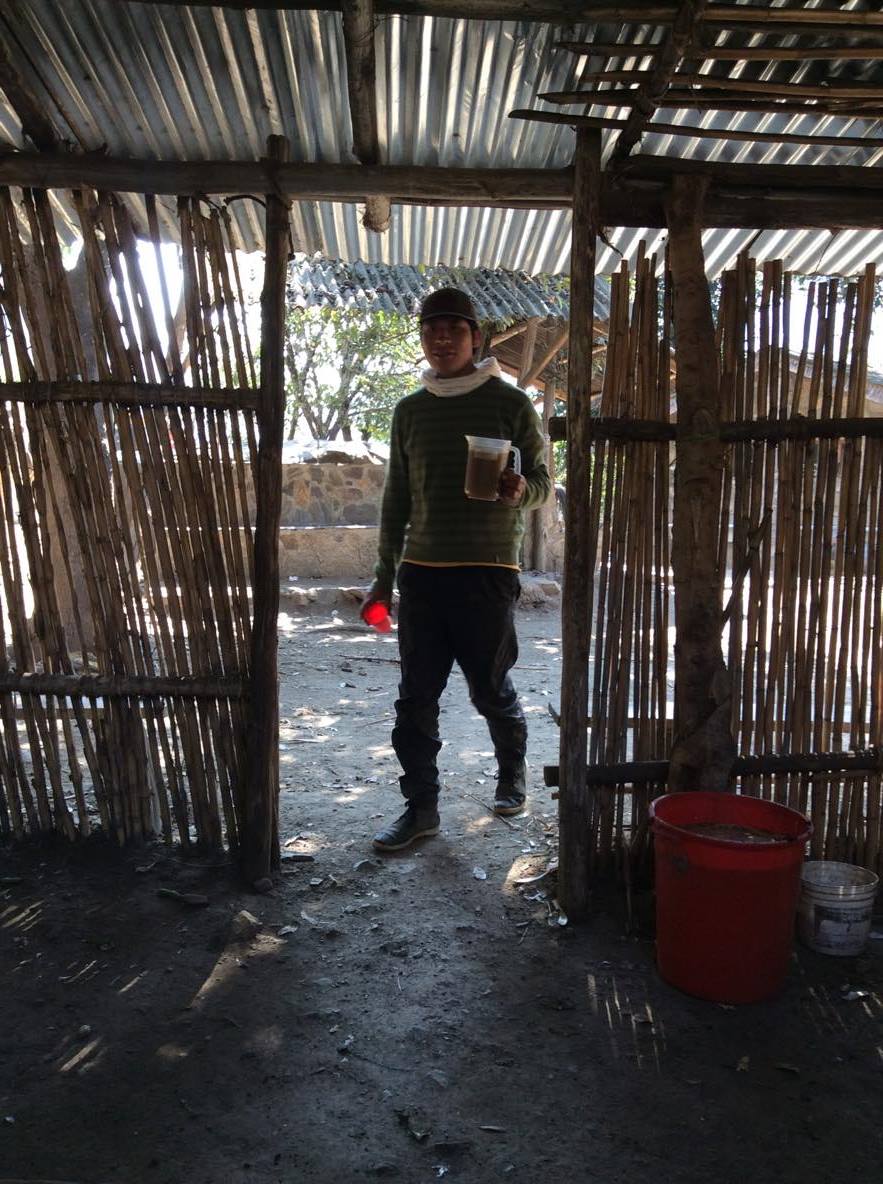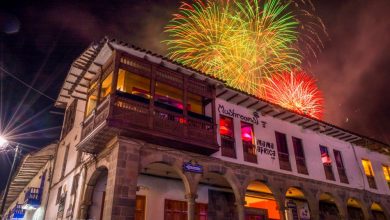
Cambray is a fermented drink made from Sugar Cane. I have sweet memories of it while I was trekking through the Apurimac Canyon to arrive at Choquequirau. You need to pass through different campgrounds where you find fruit, food, and drink.
From 12 noon until 4 pm, when the sun accompanies the steps of trekkers, you will feel tired and want to drink something refreshing. In the Chiquisca campground most hikers and muleteers stop to rest. People get to know each other there while some are coming and some going.

You will see guanabana fruit hanging from trees and the vegetation breathes freely while birds play and sin from the spongy trees. Three stores stand there, open and waiting for the tired travelers. In one of them they sell brand name products, cookies and drinks. In another, they cook fresh food, and in the third two long tables with benches receive the hikers. In them you can enjoy food. The muleteers share and laugh, while drinking cambray.
This fermented drink of sugar cane costs less and gives more than a bottle of water. The woman who attends the campground sells it in transparent two and a half liter jars. It costs 3/S and this is easy to share among three people. It is a brown colored drink and sweet taste makes one want more and more and ask for some to take with you.

While talking to the casera Inés who prepares the Cambray, I came to understand that this drink has various processes for it to be made. She said that to prepare it one first must extract cane juice. You boil the cane for 30 minutes. In the time it takes to boil the bits and pieces of foreign material rise to the surface along with the remains of the sugar cane. You run this through a fine sieve and then chill it. Then you place it in a pot with a lid and to this you add 3 cups of sugarcane juice that has already fermented. Afterwards you let it sit until the next day and now have fresh chambray. It is sweet and lightly fermented. If you wish for more alcohol you let it ferment longer.

After having passed over the bridge that crosses the Apurimac River and rising up the trail towards the archeological center of Choquequirao. You reach the Santa Rosa 2 Campground.
There you will also find people resting without having weight on their back. There you will only find two small buildings of cane and mud, at the side of the road and vegetation by spaces for camping.

The lady who attends this campground told us that the people used to work their land. More things grew, and more chambray was sold. Now people who worked the land prefer to work in tourism. The fields are not cared for, she said, and do not produce anything. As a result things cost more.
Here they also serve up chambray in jugs. The travelers enjoy what nature has to offer, they rest and get refreshed with the traditional drink of the area.
Cambray has a sweet taste and is refreshing. Nevertheless, it is disappearing with time. If you go to visit the Archeological Center of Choquequirau, you should try the chambray sold along the way.





